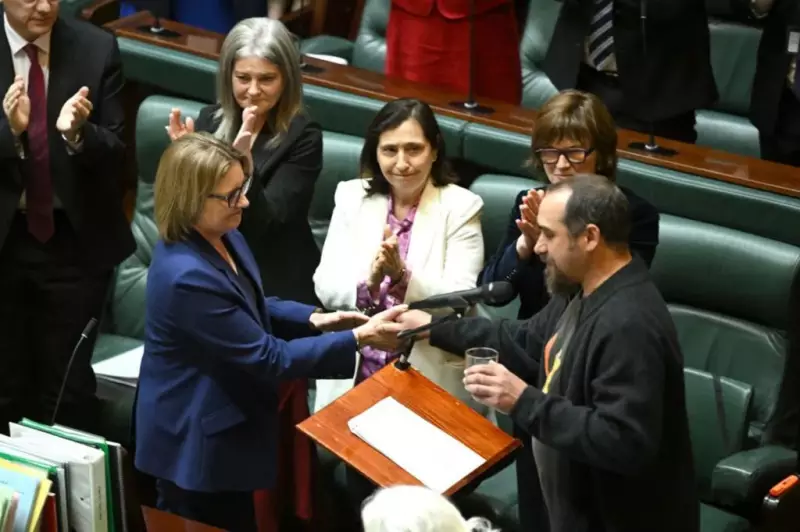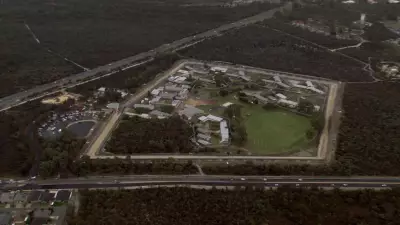
Australia has entered a new era of reconciliation as the nation's first formal treaty with Indigenous peoples was officially signed into law. This landmark legislation represents the culmination of decades of advocacy and negotiation between Indigenous communities and government representatives.
The Path to Treaty: A Historic Journey
The treaty signing ceremony took place in a momentous parliamentary session attended by Indigenous leaders, government officials, and community representatives. The legislation establishes a comprehensive framework for recognizing Indigenous sovereignty and addressing historical injustices that have affected Aboriginal and Torres Strait Islander peoples since colonisation.
The treaty process involved extensive consultations with Indigenous communities across all states and territories, ensuring that diverse voices and perspectives shaped the final agreement. This inclusive approach marks a significant departure from previous government policies and demonstrates a genuine commitment to partnership and shared decision-making.
Key Provisions and Immediate Impacts
The newly enacted treaty contains several groundbreaking provisions that will transform the relationship between Indigenous Australians and the government. Central to the agreement is the recognition of Indigenous peoples as the original custodians of the land and the acknowledgment of their ongoing connection to country and culture.
Among the most significant aspects of the treaty are commitments to truth-telling about Australia's colonial history, the establishment of permanent Indigenous decision-making bodies in government, and guaranteed funding for community-led initiatives. The legislation also includes mechanisms for economic empowerment through land rights and resource sharing arrangements.
The treaty represents more than just symbolic recognition - it creates tangible pathways for improving outcomes in health, education, and employment while preserving and promoting Indigenous languages and cultural practices.
Looking Forward: Implementation and Reconciliation
With the treaty now law, attention turns to the implementation phase, which will be overseen by a joint Indigenous-government commission. This independent body will monitor compliance with treaty obligations and facilitate ongoing dialogue between parties.
The treaty establishes a foundation for addressing intergenerational trauma and closing the gap in life outcomes between Indigenous and non-Indigenous Australians. It also creates formal processes for negotiating future state-based treaties, acknowledging that this national agreement is the beginning rather than the end of the reconciliation journey.
Community leaders have emphasized that while the treaty signing is a historic achievement, the real work begins now. The success of this agreement will be measured by its ability to deliver meaningful change in the daily lives of Indigenous Australians and to foster a more inclusive national identity that honestly acknowledges both ancient heritage and colonial history.
As Australia moves forward under this new framework, the treaty serves as a powerful symbol of what can be achieved through respectful dialogue and a shared commitment to justice and reconciliation.





